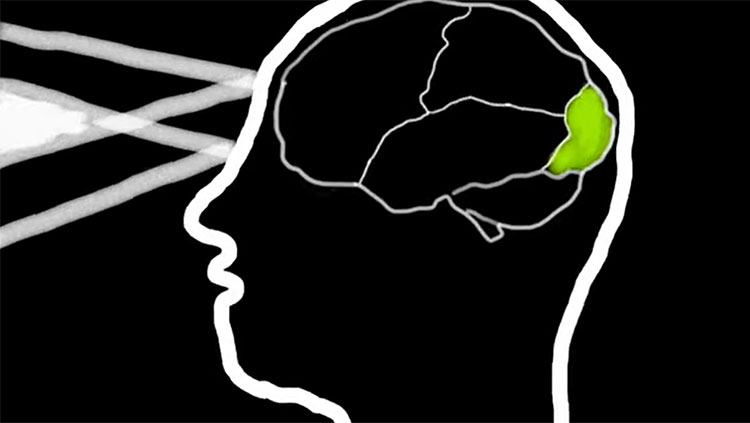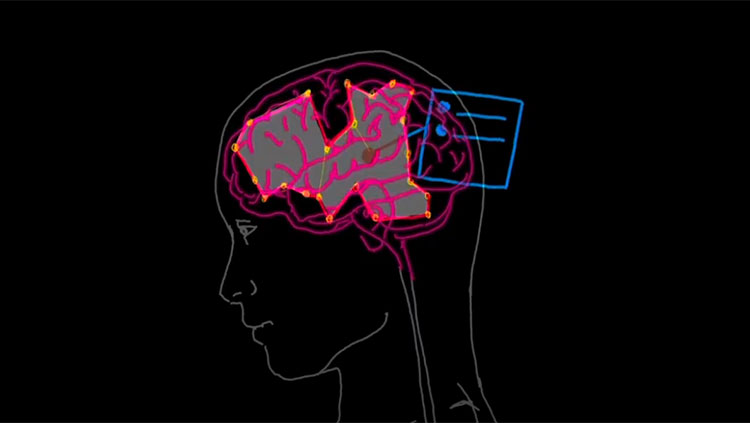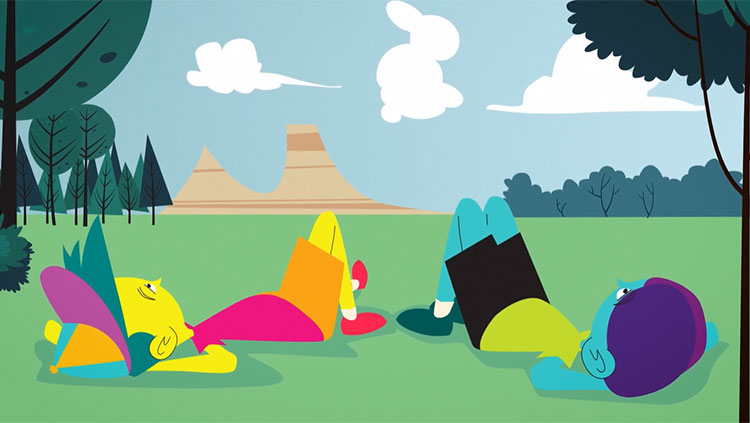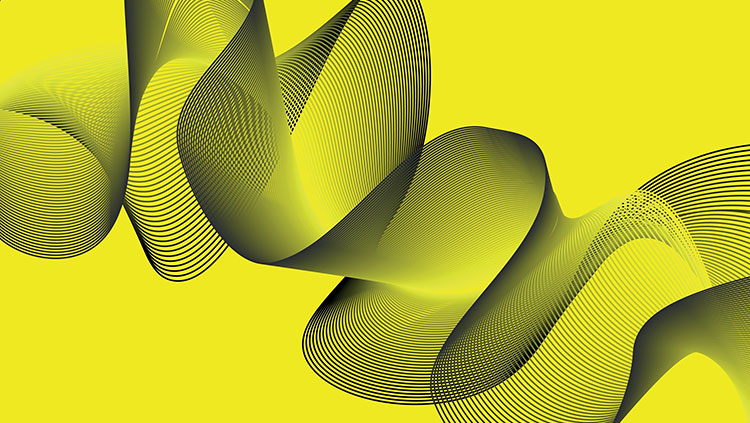I can still vividly recall the head of my Perception professor in college blowing up right in front of the class. Don’t worry – this wasn’t a literal blowing up, but rather a perceptual blowing up and it opened my eyes up to the Scientific Study of Perceptual Illusions.
You see, my professor was demonstrating the motion aftereffect, also known as the waterfall illusion. In this demonstration, he instructed us to stare at a contracting pattern for a few minutes. I stared very intently as we had been promised something amazing in return for our staring efforts.
He then said, “Quick! Look at my head!” Understand that my professor was a balding man with a kind face. When I looked at him, all I saw was his face expanding way past the boundaries of where it should be – it blew up before my eyes!
Mind blowing, no?
Now imagine you are an impressionable young college student who decided to major in psychology so that you could help people. Then you see this. I don’t know how anyone ends up in clinical or counseling psychology once they take a class that shows them things like this!
So why does this happen? It turns out you have neurons in your brain that detect motion in particular directions. You have neurons that code for leftward motion, rightward motion, and all the –wards in between. There are also neurons that code for expanding and contracting patterns.
Simply stated, your perception of motion depends on the relative contributions of neurons that code for opposite directions. If they give the same response, then you see no motion; if one pool of neurons gives a bigger response, then you see motion in that direction.
When viewing a stationary object, neurons that are tuned to opposite directions give about the same response which leaves you with the impression of no motion.
However, you can “fatigue” one pool of neurons by staring at an object that is moving in a particular direction. Then, when you look at something stationary, you perceive motion in the opposite direction of the motion you just saw since the fatigued neuron response is much less than the non-fatigued neuron response.
That's a mouthful, isn't it? Let me try to explain it another way. It's summertime, time for playing outdoors and having some fun so I think it's appropriate to use an example inspired from my camp days.
Think of a tug of war. Each side (i.e. set of neurons) is pulling against one another to control your perception. If you tucker one side out by having the neurons on that side pull against no one (i.e. they’re doing work while the other side is not), then when they enter the tug of war, they will be not as strong as the other side so the other side will win control of your perception.
I love the simplicity of this illusion. I love how one can take a simple behavioral phenomenon and study the intricacies of the brain that created it. And this is why I think perceptual illusions are so cool and so important to understand.
Perceptual illusions are the results of your brain trying to make sense of the world in the face of conflicting information. If we can figure out how the illusion occurred, then we can figure out how the brain works. Further, if we can figure out how the brain works during illusions, then we can create situations in which illusions occur – and that’s fun for everyone!
Yes, I’m being overly optimistic here, but you have to start somewhere. Standing next to a waterfall seems as good a place as any.
CONTENT PROVIDED BY
BrainFacts/SfN
Also In Thinking & Awareness
Trending
Popular articles on BrainFacts.org


















